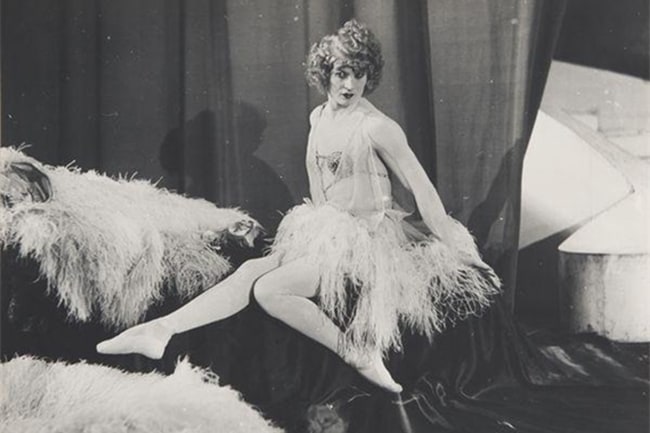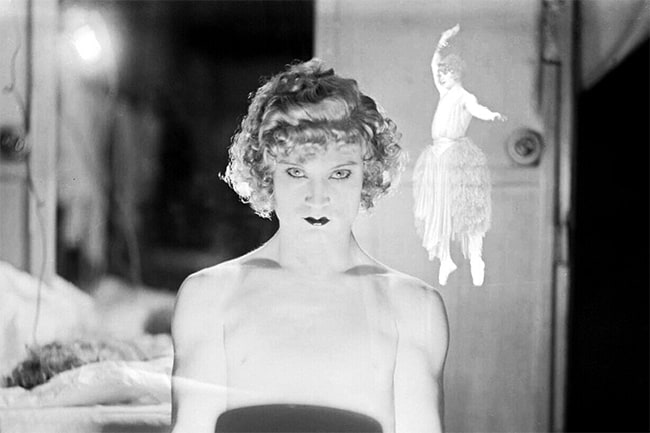Barbette Perspectiva
Comunicación del arte
8 May 2021

When
8th of May 2021Who
Noemi SaiaCategory
PerspectivaShare
In this last month we gave our physical and mental space to The Yellow Book, a project that focuses on the transmission of knowledge through books and libraries. Through this project, the artist Jaro Varga questions the way in which the dominant narratives of our society tend to explain events, covering up many layers of stories for the benefit of the hegemonic perspective. At the centre of this critical action: books and libraries, which, as a vehicle for the transmission of universal knowledge, perpetuate an incomplete culture. During his time in residence at Chiquita Room, the artist has selected a series of titles from the holdings of various libraries to connect them with new references from his personal library. Jaro therefore pairs them together, creating a dialogue between them, which is materialised in the exchange of their covers, drawn on transparent dust jackets. In this way, he draws unprecedented connections, rereading knowledge in a critical and transversal way, significantly broadening the perspective of each subject and leading his audience (as well as himself) to ask questions.

One of the connections of this comparative critical reading focuses on the story of Barbette: a transvestite dancer and acrobat, born in Texas in 1904 as Vander Clyde, who in the 1920s and 1930s exhibited as a cabaret performer to the music of Wagner and Rimsky-Korsakov, dressing and making himself up as a woman.
Clyde, who as a child performed tightrope walking on his mother’s clothesline, left home at the age of 14 to pursue a career as a circus acrobat. He went to San Antonio in response to an advertisement placed by one of the famous Alfaretta sisters. The other sister had passed away and the first sister was looking for a replacement for a trapeze and spinning ring act. It was she who told him that women’s clothes always make a wire act more impressive, that the plunging and gyrating are more dramatic in a woman, asking him if he wouldn’t mind dressing as a girl. Thus began his circus career, as one half of the aerialist team The Alfaretta Sisters, performing his act dressed as a beautiful young woman. He achieved great popularity throughout the United States, and after developing a solo act, he made his debut in Europe in 1923. It was there that he achieved his greatest fame, especially in Paris where he came into contact with writers, artists, musicians and poets.
Le numéro Barbette, as Jean Cocteau used to call her in his essay on her published in the Nouvelle Revue Française in 1926, had already moved away from the simple imitation of a woman’s trapeze act. He now conceived it as an exercise in mystification, a play on the contrast between masculine and feminine, or rather their fusion.
“I’d always read a lot of Shakespeare, and thinking that those marvellous heroines of his were played by men and boys made me feel that I could turn my specialty into something unique. I wanted an act that would be a thing of beauty—of course, it would have to be a strange beauty.”
Barbette, New Yorker article by Francis Steegmuller, 1969
Le numéro Barbette, very famous in Paris, attracted large audiences. The aristocracy and cultural elite of the time were fascinated by this performance that linked drag with the circus.
“He walked tightrope high above the audience without falling, above incongruity, death, bad taste, indecency, indignation.”
Cocteau, Le numéro Barbette
On entering the stage Barbette appeared as a “ravishing creature”, wrote Cocteau. “He throws his dust with such force that from then on he is free to concentrate on his wire work, in which his masculine movements will help him instead of giving him away”.
The poet likened the combined effect of Barbette’s costume and elegance to a cloud of dust thrown into the eyes of the spectators, who were totally fascinated by her and were caught up in her magical feminine illusion until the end of the performance, when it became a slow, calculated strip-tease. Barbette would remove her wig and adopt exaggerated masculine poses, revealing her body, blurring gender roles and leaving her audience (not too accustomed to a not-yet-established identity such as transgender) stunned. “He rolls his shoulders, stretches his hands, swells his muscles, parodies a golfer’s sporty walk. . . . And after the fifteenth or so curtain call, he gives a mischievous wink, shifts from foot to foot, mimes a bit of apology, and does a shuffling little street-urchin dance—all of it to erase the fabulous, dying-swan impression left by the act”, Cocteau wrote.
The artist and photographer Man Ray portrayed Barbette in 1926 in a series of photographs, both of the performance and of the long process of prior transformation of her appearance. The series presents a person somewhere between a man and a woman in an atmosphere of gender indefiniteness. The photographs were later published in 1934 in a book called Men before the mirror, a collection of traditional portraits (of busts) of very famous avant-garde artists, in which each photo bore the name of the person portrayed. On the last page, dedicated to Barbette, there is a full-length photo of her, without any reference to her name. Among so many men she is presented as an anonymous person, showing the liquid masculinity of the character, but at the same time defining her as exotic, reflecting in fact what must have been the perception of transgender or transsexual identity in the circle of the avant-garde. Because to some extent the exotic, if something out of the ordinary fascinates us, can become a typical label from a dominant, machist perspective in this case, which can imply a note of reproach or a veiled accusation of extravagance and ostentatious originality. The perspective of the virile and conquering western man, as opposed to the other world, distant and savage, feminised and passive.
Le numéro Barbette is also a book published in 1980, which brings together Cocteau’s essay, the series of photographs taken of him by Man Ray and the New Yorker article written by Francis Steegmuller in 1969 about his encounter with Barbette. This book is part of the library collection of the Fundació Antoni Tapiès in Barcelona and now also part of The Yellow Book project. Jaro connects this story to Decolonizing Sexualities: Transnational Perspectives, Critical Interventions, a 2016 publication that, with its collection of texts (poems, essays and statements), contributes to the critical field of decolonial queer studies, demonstrating how sexuality, race, gender and religion intersect on a transnational level. A book that brings to light how modernity constructed, projected and maintained the project of heteronormativity, which continues to this day.
Decolonizing Sexualities: Transnational Perspectives, Critical Interventions [2016] can be seen and consulted in Chiquita Room and Le numéro Barbette [1980] in the library of the Fundació Antoni Tapiès until 15 May.











